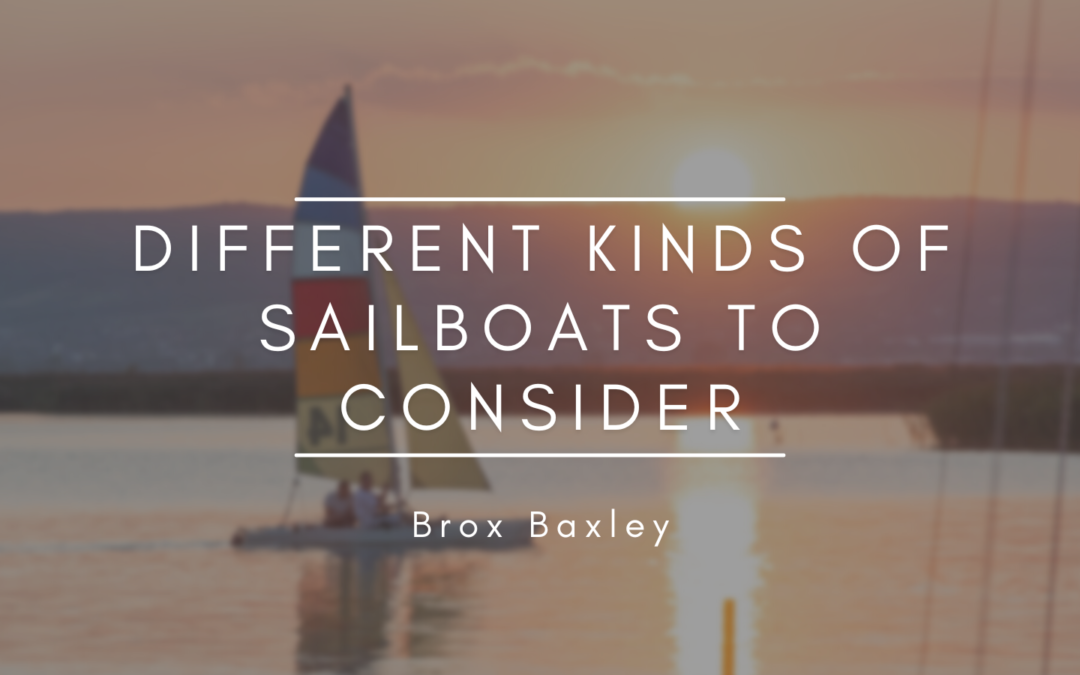Ever wondered what types of sailboats are out there? In this article, you’ll find the lowdown on some of the most common types of sailboats. Here’s a list of the most common sailboat types. We’ll explore where the name came from and how you can easily recognize it.
Dinghy
A dinghy is a sailboat that’s typically considered to be the most basic of all types. It features a single mast and a small open hull. These are ideal for learning how to sail.
Dinghies are typically around 6 to 20 feet long. They have a single mainsail and are mostly sailed single-handed. Unlike other types of sailboats, dinghies do not have special equipment. They’re great for learning how to sail, and smaller boats provide a better feel for their actions and trim.
Bermuda Sloop
If you’re planning on having a kid draw a sailboat, she’ll most likely choose the Bermuda Sloop. This type of boat is the most popular sailboat type today. A fore-and-aft rigged sailboat is used to help with upwind movement.
A sailboat with two sails and one mast can be considered a sloop even if the sails are made in another way. For instance, a gaff-rigged sailboat can be viewed as a sloop.
Cutter
A cutter has one mainsail and up to three sails. These are typically Bermuda-rigged, which makes them look like sloops. Compared to other boats, they’re slower and more complex to sail single-handed. They also have more sail area, making them faster. There are also naval and gaff cutters.
Sailing Hydrofoil
A type of sailboat known as the hydrofoil is a racing boat with thin wing foils. These allow it to lift up and out of the water, reducing its displacement. This type of boat is commonly referred to as a keel type. There are also multi-hull and monohull hydrofoils.
Catamaran
A catamaran is a multi-hull sailboat commonly used for racing and cruising with two hulls. It features a standard Bermuda rig. This type of boat can also have various sails and masts.
Compared to monohulls, catamarans are more buoyant and heel less. They also have a smaller displacement, which makes them faster. They also have a shallow draft, which is ideal since there are shallow water areas in the Caribbean.

